
Starting June 1st, 2023 Our warehouse fee will be $0.65/cubic foot per month
In effort to lower the warehouse storage fee during inflation, we have went narrow aisle racking.This construction took us four months but the project is finally completed. With narrow aisle racking, we are able to drop storage by 24%.We as partners will go through this inflation together.
12/25/2024
Sea routes are the backbone of the global economy, enabling efficient transportation of goods between continents. Each route holds immense significance in shaping international trade patterns, contributing to the movement of trillions of dollars worth of goods annually. This article explores the 15 major sea routes of the world, their key features, density of vessels, route lengths, and trade values.
Sea lanes are crucial to the global maritime industry because they provide the primary pathways for transporting goods, resources, and energy across the world. These routes enable cost-effective, large-scale shipping, supporting international trade and supply chains. They also connect key markets, ensure timely delivery of goods, and facilitate the movement of raw materials and energy supplies, contributing significantly to global economic stability and growth.
The North Atlantic Route is a vital corridor connecting North America to Europe, facilitating transatlantic trade.
Density: ~400 ships daily.
Length: ~6,000 kilometers (~3,700 miles).
Estimated Trade Value: Over $1 trillion annually, primarily machinery, automobiles, and consumer goods.
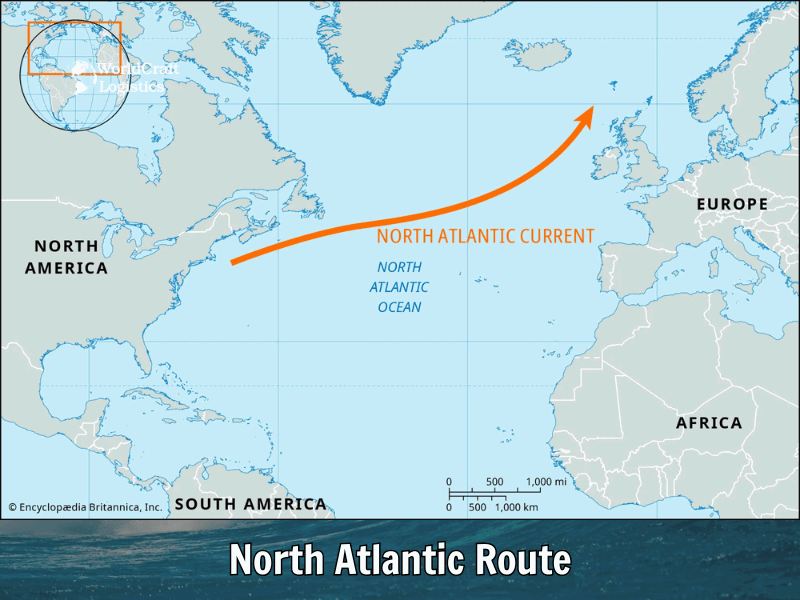
An engineering marvel, the Panama Canal Route significantly shortens the journey between the Atlantic and Pacific Oceans.
Density: 35–40 ships daily (~14,000–15,000 annually).
Length: 82 kilometers (~51 miles).
Estimated Trade Value: Over $270 billion annually, primarily goods between Asia and the Americas.
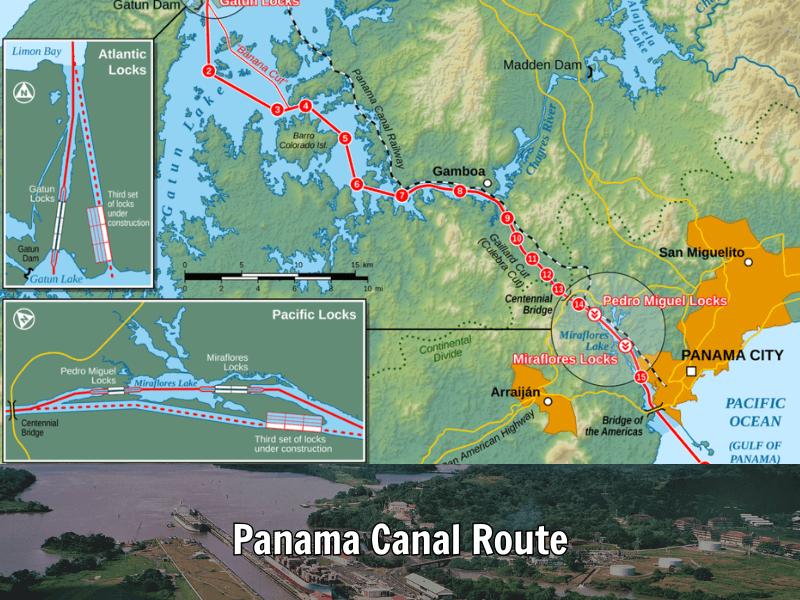
The Suez Canal is a key link between the Mediterranean Sea and the Red Sea, eliminating the need to traverse Africa’s southern tip.
Density: ~50 ships daily (~18,000 annually).
Length: 193 kilometers (~120 miles).
Estimated Trade Value: Over $1.3 trillion annually, connecting Europe and Asia.
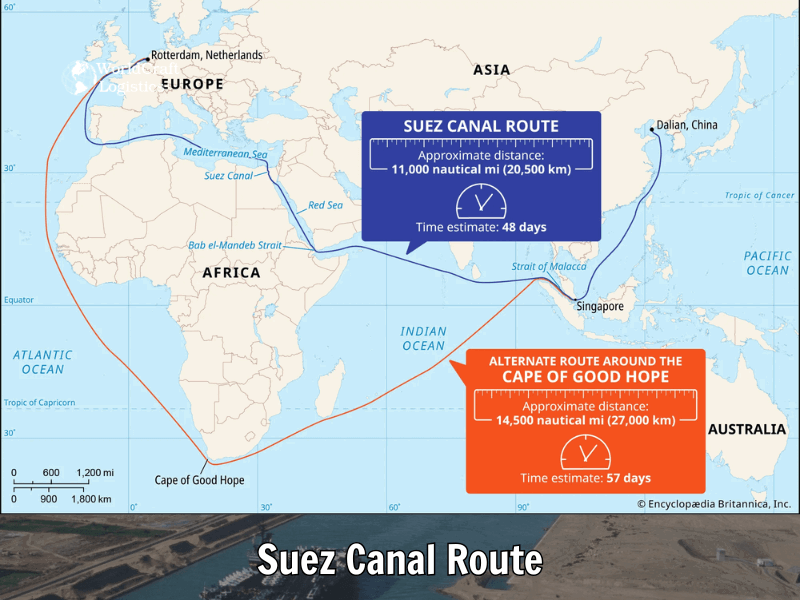
Serving as a secondary option to the Suez Canal, this historic route connects Europe and Asia via the southern tip of Africa.
Density: ~100–120 ships daily.
Length: ~12,000 kilometers (~7,500 miles).
Estimated Trade Value: ~$400–500 billion annually.
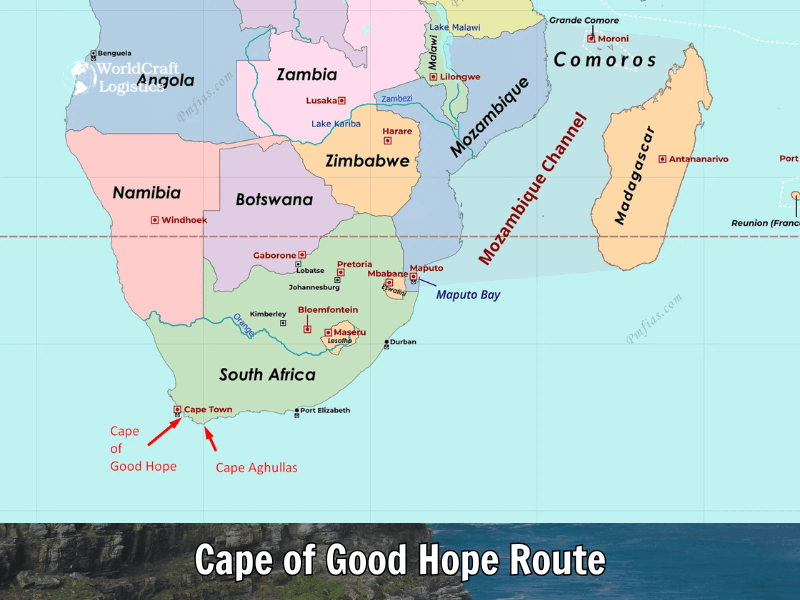
Connecting East Asia with North America, the Transpacific Route is among the busiest sea corridors globally.
Density: ~300–500 vessels daily.
Length: ~9,000 kilometers (~5,600 miles).
Estimated Trade Value: Over $2.5 trillion annually, including electronics and textiles.
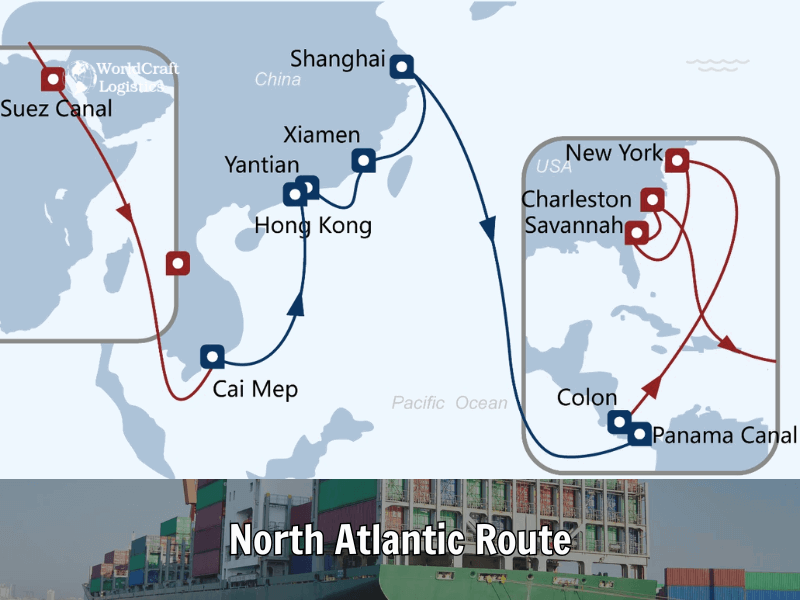
The Strait of Malacca links the Indian Ocean to the South China Sea, handling a significant portion of Asia’s oil and goods trade.
Density: ~220–250 vessels daily (~80,000 annually).
Length: 800 kilometers (~500 miles).
Estimated Trade Value: Over $1 trillion annually, driven by oil and containerized cargo.
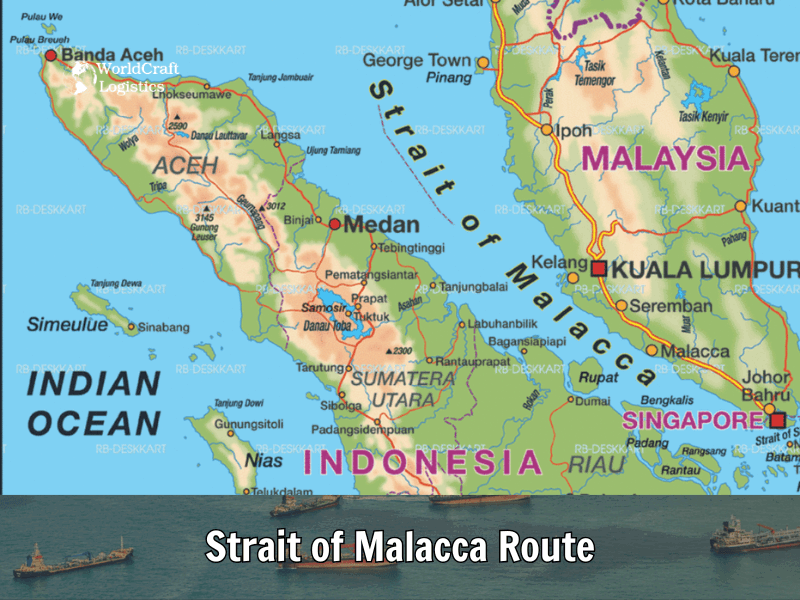
Stretching across the Arctic, the Northern Sea Route connects Europe to East Asia, becoming increasingly navigable due to melting ice.
Density: 5–10 vessels daily (~2,000 annually).
Length: ~6,500 kilometers (~4,000 miles).
Estimated Trade Value: $30–50 billion annually, with potential for growth.
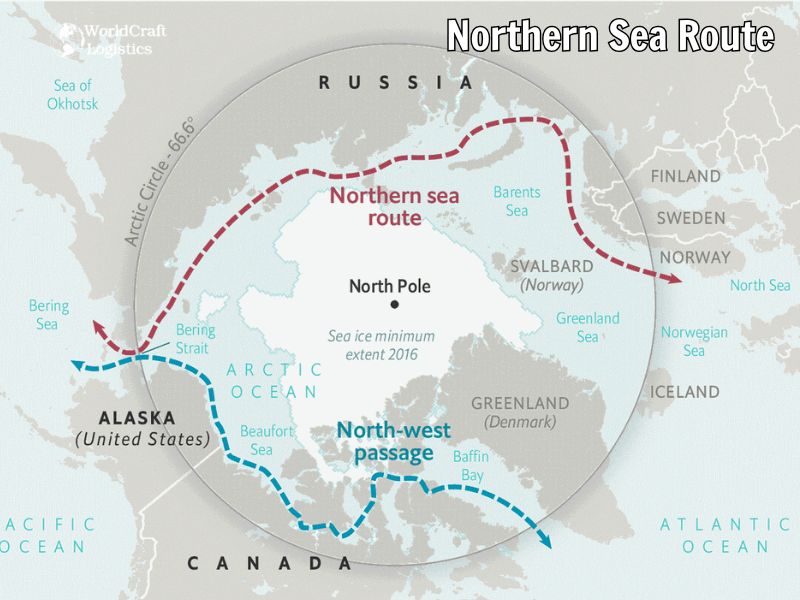
The Strait of Hormuz is a crucial chokepoint for exporting oil and LNG from the Persian Gulf to global markets.
Density: 70–100 tankers daily.
Length: ~150 kilometers (~93 miles).
Estimated Trade Value: Over $1.2 trillion annually, predominantly energy resources.
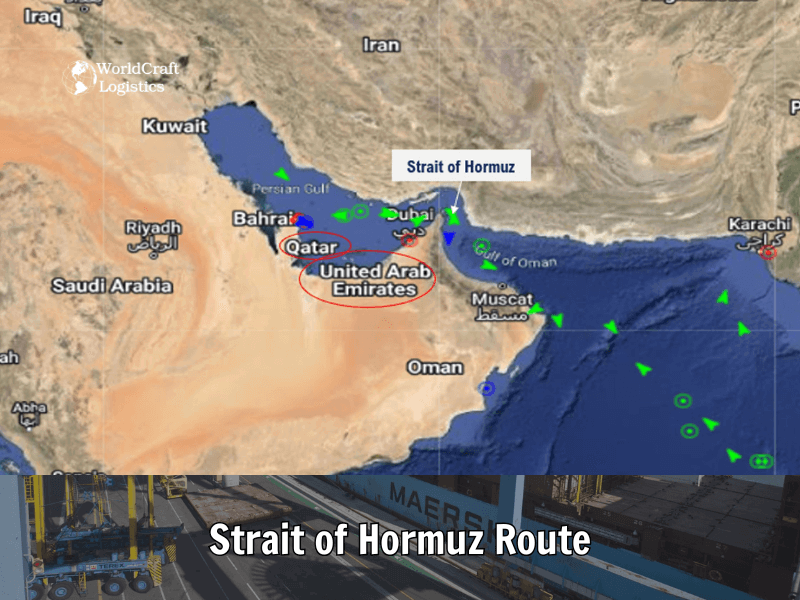
The Bosphorus Strait connects the Black Sea to the Mediterranean, facilitating grain, steel, and energy exports.
Density: ~135 vessels daily (~50,000 annually).
Length: 30 kilometers (~19 miles).
Estimated Trade Value: ~$200–300 billion annually.
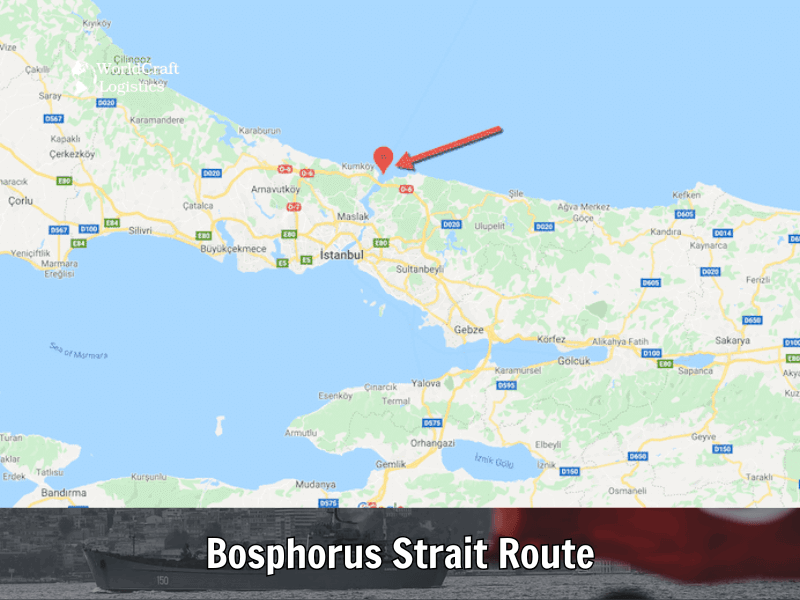
One of the most congested sea routes globally, the South China Sea facilitates a significant portion of global trade.
Density: ~300–350 vessels daily (~120,000 annually).
Length: ~5,000–10,000 kilometers (~3,100–6,200 miles).
Estimated Trade Value: Over $3.5 trillion annually, handling diverse goods.
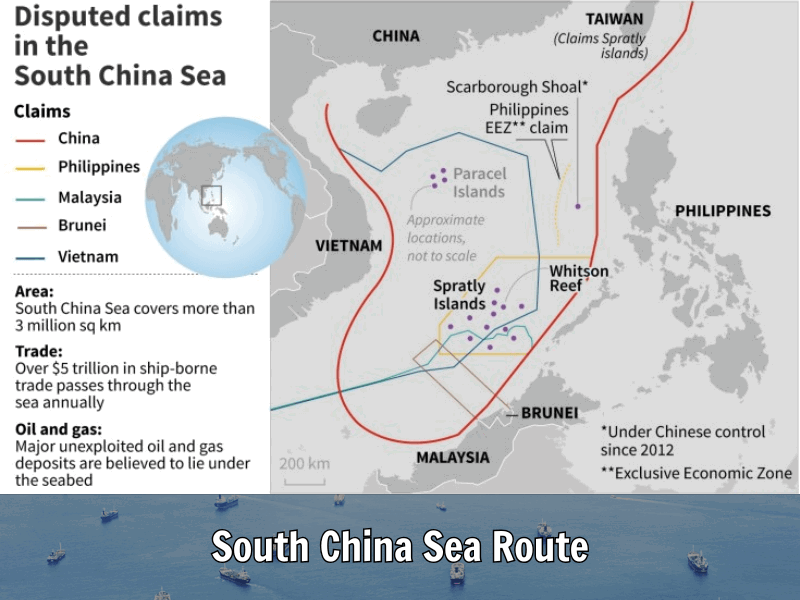
The Mediterranean Route connects Southern Europe to North Africa and the Middle East, playing a critical role in intra-regional trade.
Density: ~200–300 ships daily.
Length: ~3,900 kilometers (~2,400 miles).
Estimated Trade Value: ~$600 billion annually.
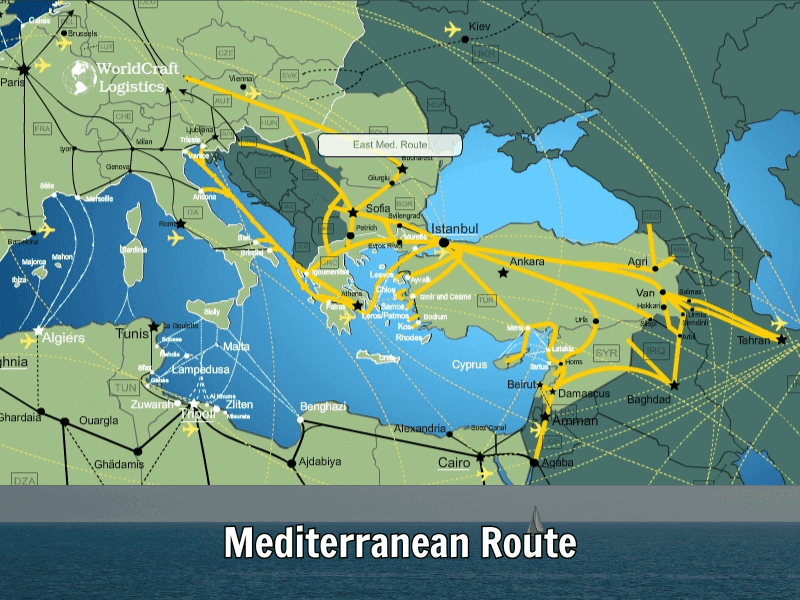
The English Channel serves as a primary trade artery between the UK and mainland Europe.
Density: ~400 vessels daily (~145,000 annually).
Length: ~560 kilometers (~350 miles).
Estimated Trade Value: Over $500 billion annually.
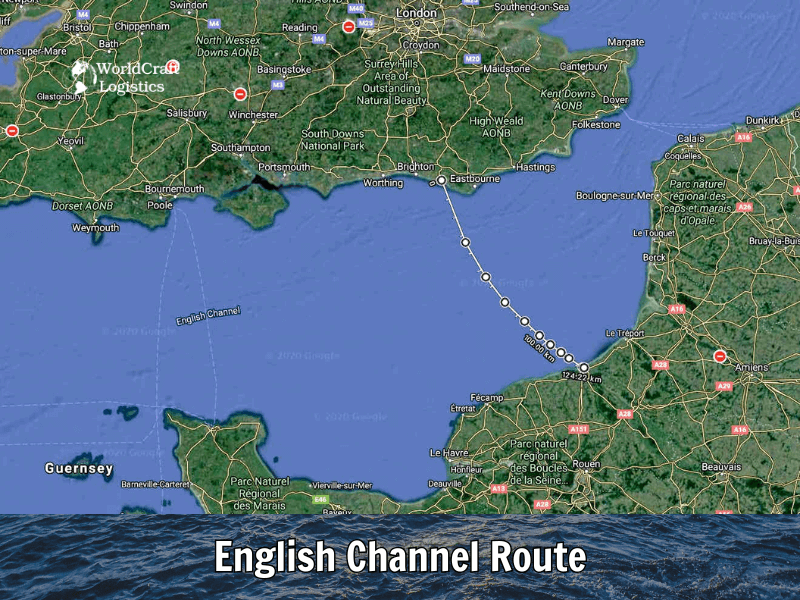
Connecting Northern Europe to Russia and Scandinavia, the Baltic Sea Route is pivotal for trade in timber, steel, and machinery.
Density: ~150–200 vessels daily.
Length: ~1,500 kilometers (~930 miles).
Estimated Trade Value: ~$250 billion annually.
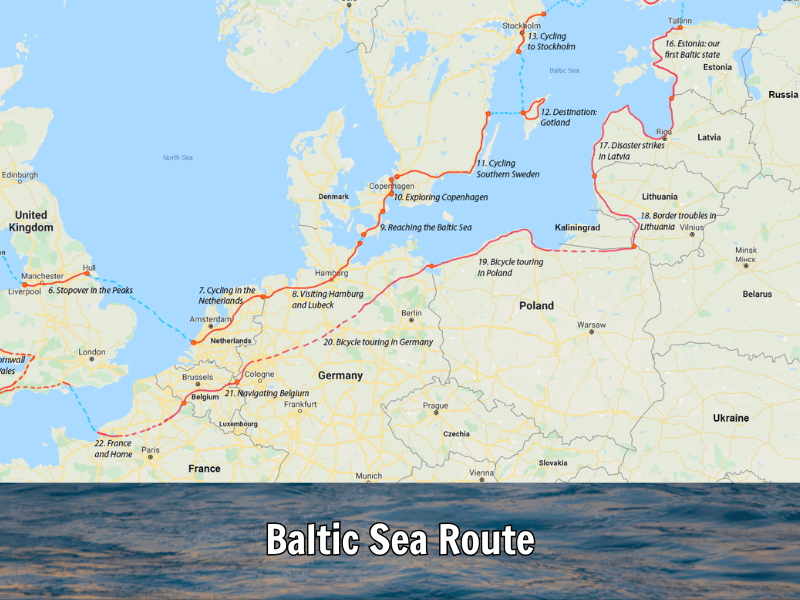
Linking the Arabian Sea to the Red Sea, the Gulf of Aden is crucial for global oil trade.
Density: ~100–150 ships daily.
Length: ~900 kilometers (~560 miles).
Estimated Trade Value: ~$300 billion annually.
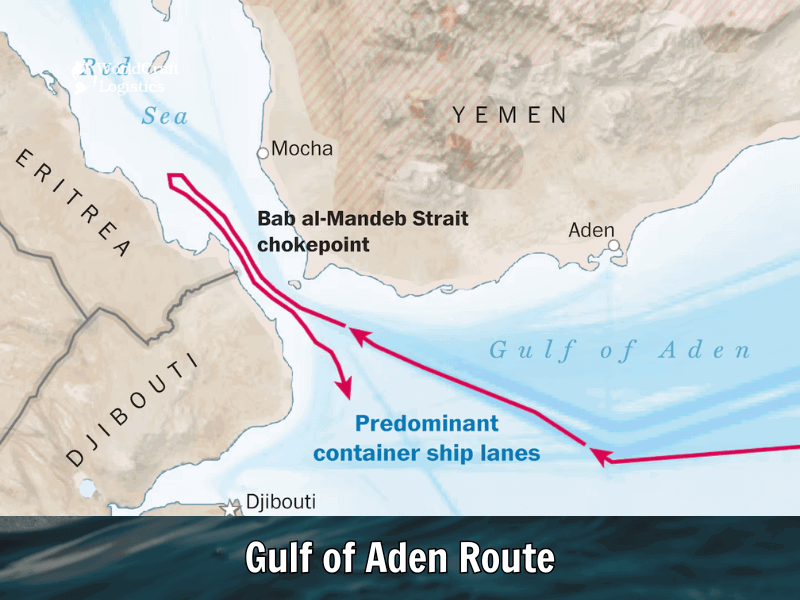
The Caribbean Route connects Central and South America to the US and Europe, handling commodities like sugar, coffee, and oil.
Density: ~100–120 vessels daily.
Length: ~2,000 kilometers (~1,240 miles).
Estimated Trade Value: ~$200 billion annually.
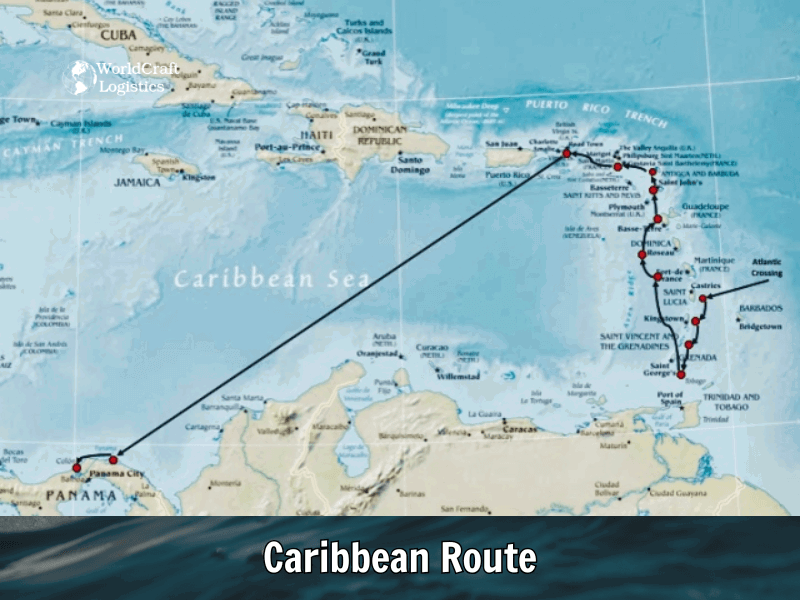
These 15 major sea routes underscore the importance of maritime trade in driving global economies. Whether it’s the Suez Canal, the Transpacific Route, or the Strait of Hormuz, each pathway supports efficient transportation of trillions of dollars in goods. Understanding these routes helps appreciate their role in shaping world commerce.
*Read more:
👉 Top 20+ Busiest Highways in the US 2024
👉 Top 10+ largest sea ports in the US with billions of USD/year revenue
👉 Top 15 largest ocean freight companies in the world
Global sea routes are vital for international trade, but they face several challenges that impact efficiency and cost. Below are the key issues:
Piracy, especially in areas like the Gulf of Aden and the Strait of Malacca, remains a major threat. It disrupts trade, increases insurance costs, and poses risks to crews. To combat this, naval patrols and surveillance technologies have been implemented, but piracy continues to be a concern.
Political disputes, such as those in the South China Sea, can result in blocked routes, embargoes, or sanctions, disrupting shipping operations and increasing costs. Geopolitical instability in regions like the Strait of Hormuz also threatens oil transport and global trade.
Ports like Shanghai and Los Angeles face severe congestion, leading to delays and higher costs. Overcrowding, labor shortages, and insufficient infrastructure are key contributors. Ports are investing in automation and expanding infrastructure to reduce delays.
Severe weather, rising sea levels, and changing climate patterns pose risks to shipping routes. Hurricanes and ice coverage can disrupt schedules, while global warming threatens low-lying ports. Shipping companies are adopting sustainable practices to address these issues.
Shipping companies face complex regulations, from customs procedures to environmental standards. Compliance with regulations like IMO 2020 adds operational costs and delays. Digitalization is helping streamline processes, but regulatory diversity remains challenging.
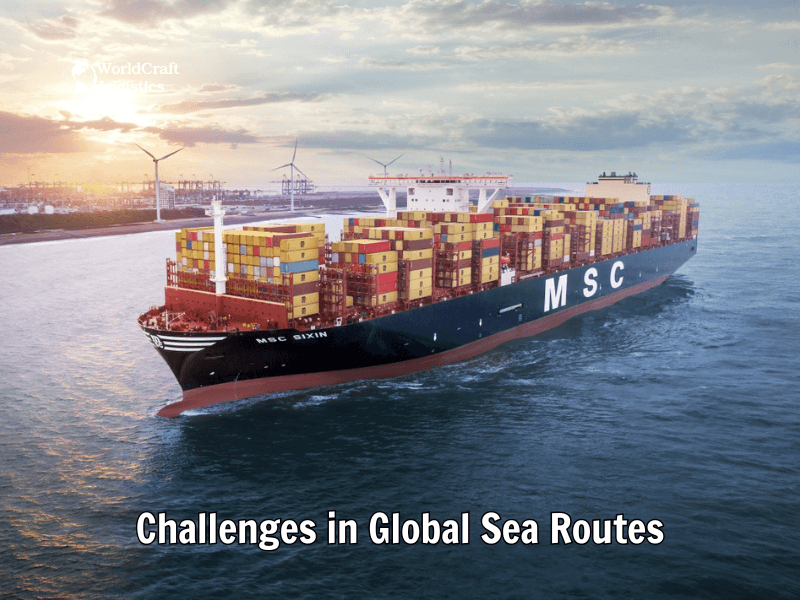
Cybersecurity threats, such as the 2017 Maersk ransomware attack, highlight the vulnerabilities in the maritime industry. As digital systems grow, shipping companies must invest in stronger cybersecurity measures to protect against disruptions.
Rising fuel costs and the transition to greener fuels like LNG increase operational expenses. Retrofitting ships and developing alternative fuel infrastructure require significant investment, making fuel efficiency a key challenge for the industry.
Chokepoints such as the Suez Canal are crucial for global trade but prone to disruption. The Ever Given blockage in 2021 demonstrated the risks. Improving infrastructure and developing contingency plans are essential to minimize such disruptions.
Labor shortages and strikes affect shipping schedules, with the pandemic exacerbating the problem. Automation in ports and the adoption of autonomous ships are potential solutions to reduce reliance on human labor.
Rising costs in fuel, port fees, insurance, and compliance with environmental regulations put pressure on shipping companies. To cope, companies are focusing on optimizing fleets and improving efficiency.
Global sea routes face significant challenges, but the maritime industry is evolving with technological advancements and improved cooperation. By focusing on sustainability and resilience, the industry can continue to support global trade while navigating these obstacles.
SEO
Digital Marketing/SEO Specialist
Simon Mang is an SEO and Digital Marketing expert at Wordcraft Logistics. With many years of experience in the field of digital marketing, he has shaped and built strategies to effectively promote Wordcraft Logistics' online presence. With a deep understanding of the logistics industry, I have shared more than 300 specialized articles on many different topics.

Hot News
08/05/2024
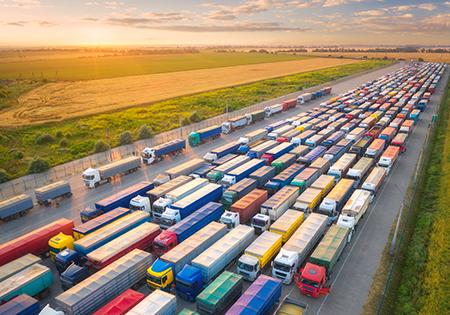
Hot News
02/23/2023

Hot News
02/23/2023

Hot News
02/06/2023
Hot News
02/07/2023